Frontier Communication Laboratory
NTT is moving forward with its vision of an Innovative Optical and Wireless Network (IOWN) toward a next-generation communication platform. The information and communications platform supporting IOWN is the All-Photonics Network (APN). Using photonics-based technology (light) extensively from the network to the terminal will enable high-quality, large-capacity, and low-latency communication that could not be achieved with conventional electronics-based technology (electrons) while reducing power consumption.
With the aim of achieving a high-performance APN, the Frontier Communication Laboratory is researching and developing a "Deterministic Wide-area Computing Network Platform (IOWN SmartNIC)" for securely connecting widely distributed computing resources by deterministic communications (guaranteed latency/band) for remote medicine, AI, finance, etc., and "Optical-network Automatic Operation by Optical-network Digital Twin" for achieving proactive and rapid fault recovery in the optical network and on-demand configuration of optical wavelength paths.
At the Frontier Communication Laboratory, we are also researching and developing "Quantum Communication" with the aim of achieving a computing platform that can exponentially raise the computing power of quantum computers and a secure communication platform that cannot be broken by any kind of computer.
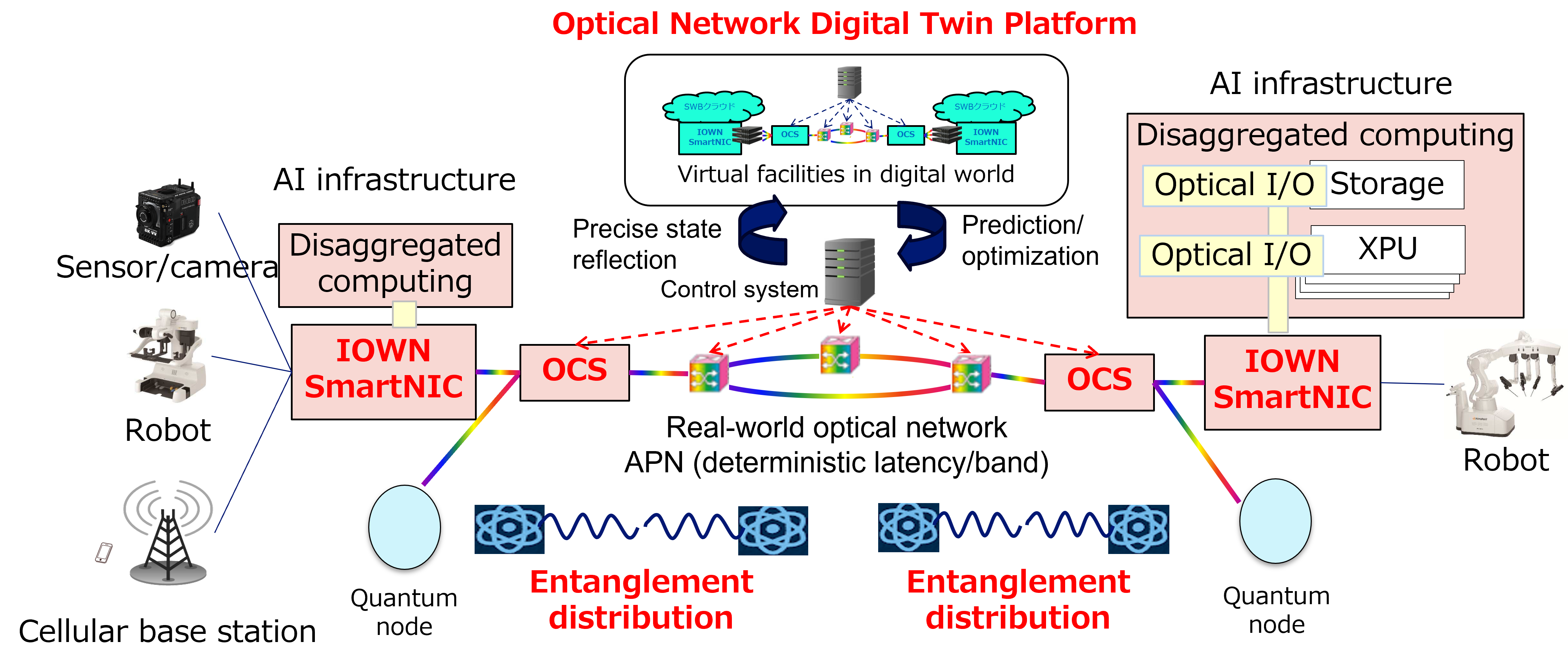
The following six representative R&D themes of the Frontier Communication Laboratory are introduced below.
- Deterministic wide-area computing network platform
- Post-quantum secure transport technology
- Optical-network digital twin
- Optical switch network for AI clusters (optical circuit switching)
- Photonic communication technology for achieving a quantum network
- Multi-party quantum entanglement communication system
Deterministic wide-area computing network platform
To achieve disaggregated computing using photonics-electronics convergence technology, we will establish high-speed transport technology for connecting data communications with deterministic latency/band between widely distributed computing resources and develop mission-critical services in AI, finance, etc.
- Deterministic communications technology: To achieve mission-critical services that require data communications to complete within a certain amount of time over IOWN APN, we will develop technology that can guarantee end-to-end communications with deterministic latency/band as required by the application based on Remote Direct Memory Access (RDMA) that can directly transfer data between memory units with low latency. This technology will enable an application to accurately grasp data transfer time by measuring and managing communication latency, jitter, and throughput between transmitting and receiving terminals.
- RDMA acceleration technology (Sterna): The RDMA method of data communications featuring low processing overhead is being widely adopted, but in the case of long-distance communications such as between data centers, the time required for reliability processing increases and communication speed deteriorates. We will therefore establish RDMA reliability processing technology that enables high-speed communications regardless of distance to achieve long-distance, large-capacity, and low-latency communications.
- Post-quantum secure transport technology: We will establish secure encrypted communications technology that can be applied to even high-speed communications exceeding 100 Gbps as in IOWN APN.
- High-speed media transport technology: We will establish technology for transferring high-quality and large-capacity media data with ultra-low latency targeting broadcasters.

[Related Links]
■Press Releases
■References
[2]Junki ICHIKAWA, Hitoshi MASUTANI, Kazuaki OBANA, Hirokazu TAKAHASHI, Koichi TAKASUGI, "RDMA Acceleration Scheme for Long-Distance Optical Network," IEEE GLOBECOM 2024.
-
[3]"RDMA over Open APN PoC Reference," IOWN Global Forum, https://iowngf.org/wp-content/uploads/2025/02/IOWN-GF-RD-RDMA_over_Open_APN_PoC_Reference_1.0.pdf.
-
[4]"RDMA over Open APN PoC Report," IOWN Global Forum, https://iowngf.org/wp-content/uploads/2025/02/IOWN-GF-RDMA-over-Open-APN-PoC-Report_1.0-1.pdf.
Post-quantum secure transport technology
Recent advances in computing power are increasing the risk that current cryptography methods will be broken. In particular, since classical cryptography methods can be compromised by quantum computers now under development, the introduction of post-quantum cryptography (PQC) is anticipated, but over the long term, there is also the risk that PQC itself will be compromised. To mitigate this long-term risk, we will establish secure encrypted communications technology that can be applied to even high-speed communications exceeding 100 Gbps as in IOWN APN.
- Elastic Key Control: Technology that enables flexible switching of cryptography methods such as PQC and combining of multiple cryptography methods. It can swiftly switch from a compromised cryptography method to a secure method, and by combining multiple cryptography methods, it can maintain security even if a single method becomes compromised.
- Disaggregation: A configuration that separates key exchange, key management, and data encryption functions and that can provide the same level of security on various platforms (optical transponder, SmartNIC, etc.).
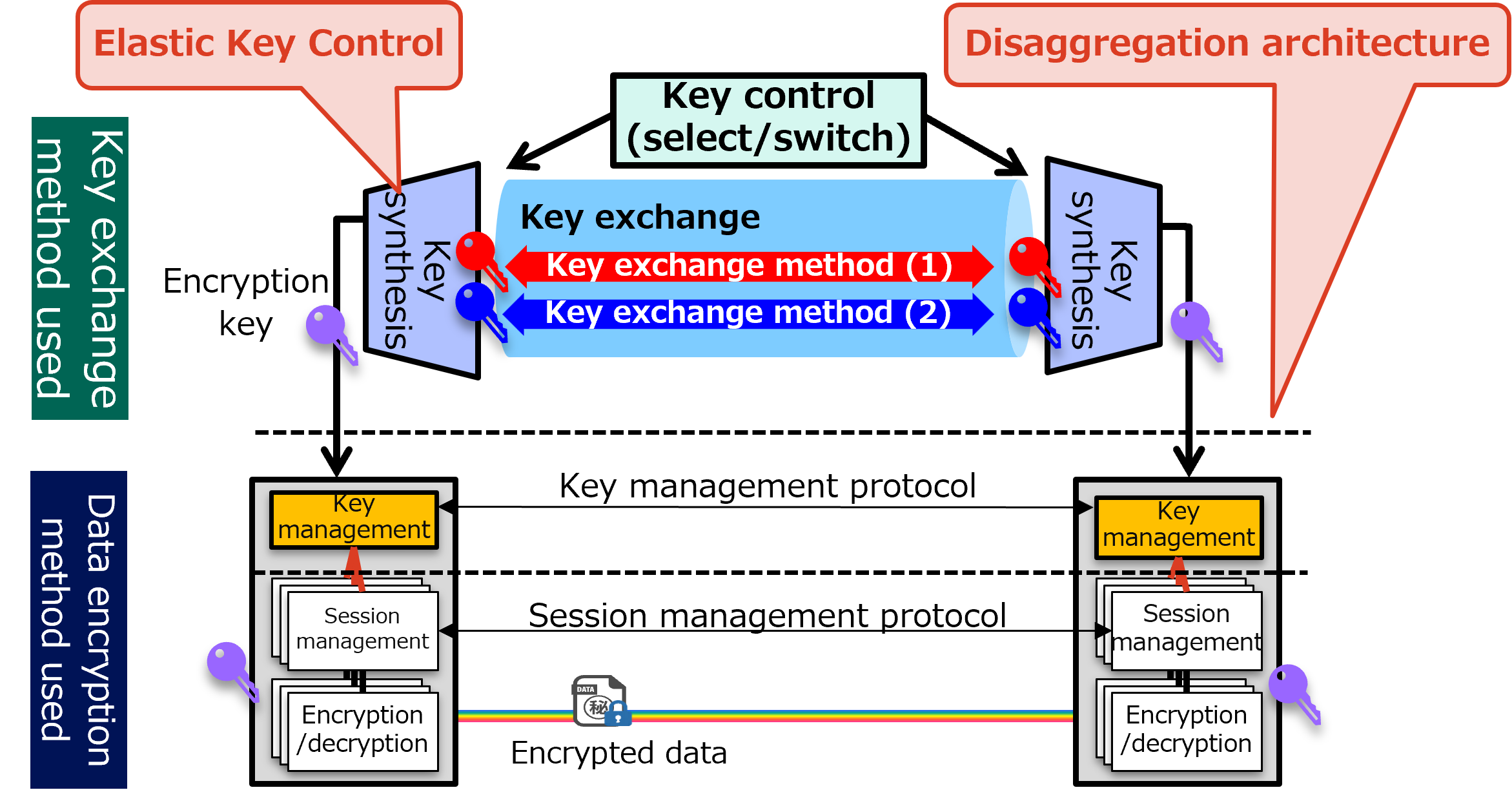
[Related Links]
■Press Releases
■References
[2]A. Taniguchi, Y. Mochida, S. Chikara, Y. Sanari, K. Murakami, M. Miura, H. Takahashi, K. Takasugi, H. Itoh, and D. Yokozeki, "Disaggregation architecture of quantum-safe security for optical & packet transport equipment." International conference on Emerging Technologies for Communications(ICETC), 79.O5-2, 2023.
-
[3]"Functional Architecture for Protection of Data in Motion: Multi Factor Security Key Exchange and Management," IOWN Global Forum, https://iowngf.org/wp-content/uploads/2025/02/IOWN-GF-RD-MFS_Functional_Architecture-1.0.pdf.
Optical-network digital twin
The optical network is expanding across wide areas and becoming increasingly complex as the societal demand for communications increases owing to the spread of smartphones and emerging AI-related services. Automating the design and maintenance operations of the optical network will make data communications more affordable for everyday use. In addition, highly reliable optical communication services can be achieved by proactively addressing the risk through the prediction of failures in communication facilities. In areas with a particularly high occurrence of natural disasters such as Japan, it is important to accurately estimate the potential damage to communication facilities in the case of a disaster. To achieve highly precise and fully automated design and maintenance operations, our group is researching an "optical-network digital twin" scheme that reproduces the state of the optical network in virtual space and reflects the simulation results in the actual facilities. To achieve large-capacity, low-latency connections between data centers, we have automated design and configuration operations that typically require 2-3 hours by experienced experts. The automation technology reduces the time to complete such tasks to just a few minutes. We have also established a model that can analyze the risk of failure in the communication network in the event of a disaster. Through these research activities, we are actively collaborating with research institutions in Japan and abroad, and conducting experiments on overseas testbeds.
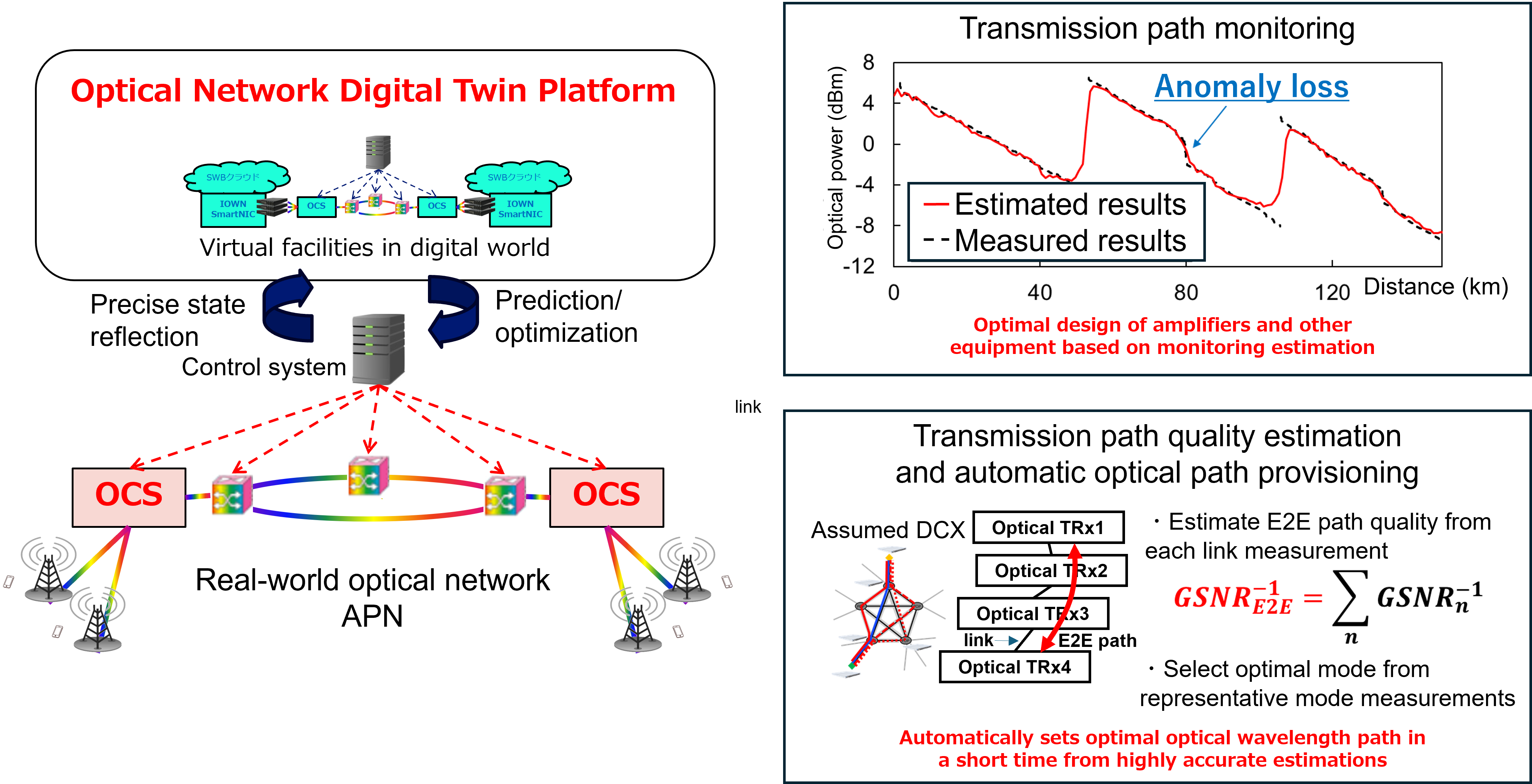
[Related Links]
■Press Releases
-
[1]Establishment and validation of optical wavelength path provisioning technology based on IOWN APN architecture for data center exchange services
-
[2]World's first and most accurate field demonstration of end-to-end visualization of fiber-optic link without measuring equipment enables fast optical connection and maintenance through the realization of the digital twin of optical network
■References
[3] H. Nishizawa, G. Borracciniet, T. Sasai, et.al. "Semi-automatic line-system provisioning with an integrated physical-parameter-aware methodology: field verification and operational feasibility." Journal of Optical Communications and Networking 16.9 (2024): 894-904.
[4] T. Mano, Y. Huang, G. Borraccini, E. Ip, A. D'Amico, Z. Wang, H. Nishizawa, G. Zussman, T. Chen, T. Wang, K. Asahi, D. Kilper, V. Curri, and K. Takasugi, "Modeling the Input Power Dependency of Transceiver BER-OSNR for QoT Estimation," in Optical Fiber Communication Conference (OFC) 2024, Technical Digest Series (Optica Publishing Group, 2024), paper M1H.4.
[5] T. Mano et al., "First field demonstration of automatic WDM optical path provisioning over alien access links for data center exchange," 49th European Conference on Optical Communications (ECOC 2023), Hybrid Conference, Glasgow, UK, 2023, pp. 234-237 (Best paper award)
[6] Takeru Inoue, Akira Ito, Kengo Nakamura, and Tatsuya Matsukawa, "Impact of Facility Factors on Robustness of Communication Networks under Natural Disasters," IEEE Communications Magazine (accepted).
-
[7] "Open All-Photonic Network Functional Architecture ver 2.0,"IOWN Global Forum, https://iowngf.org/wp-content/uploads/2025/02/IOWN-GF-RD-Open_APN_Functional_Architecture-2.0.pdf.
Optical switch network for AI clusters (optical circuit switching)
New applications involving AI and machine learning have been spreading widely in recent years, and to train them efficiently with massive amounts of data, it is common to connect multiple servers over the network and perform data communications among those servers. The network has so far been using packet switches to interconnect such servers. However, these switches require electrical processing to process and exchange packets, which means high power consumption and large network delays. In response to these issues, we are researching and developing an optical switch network for AI clusters that implements optical switches to directly exchange data using light without the need for electrical processing. With these switches, we can configure a low-power and low-latency network.
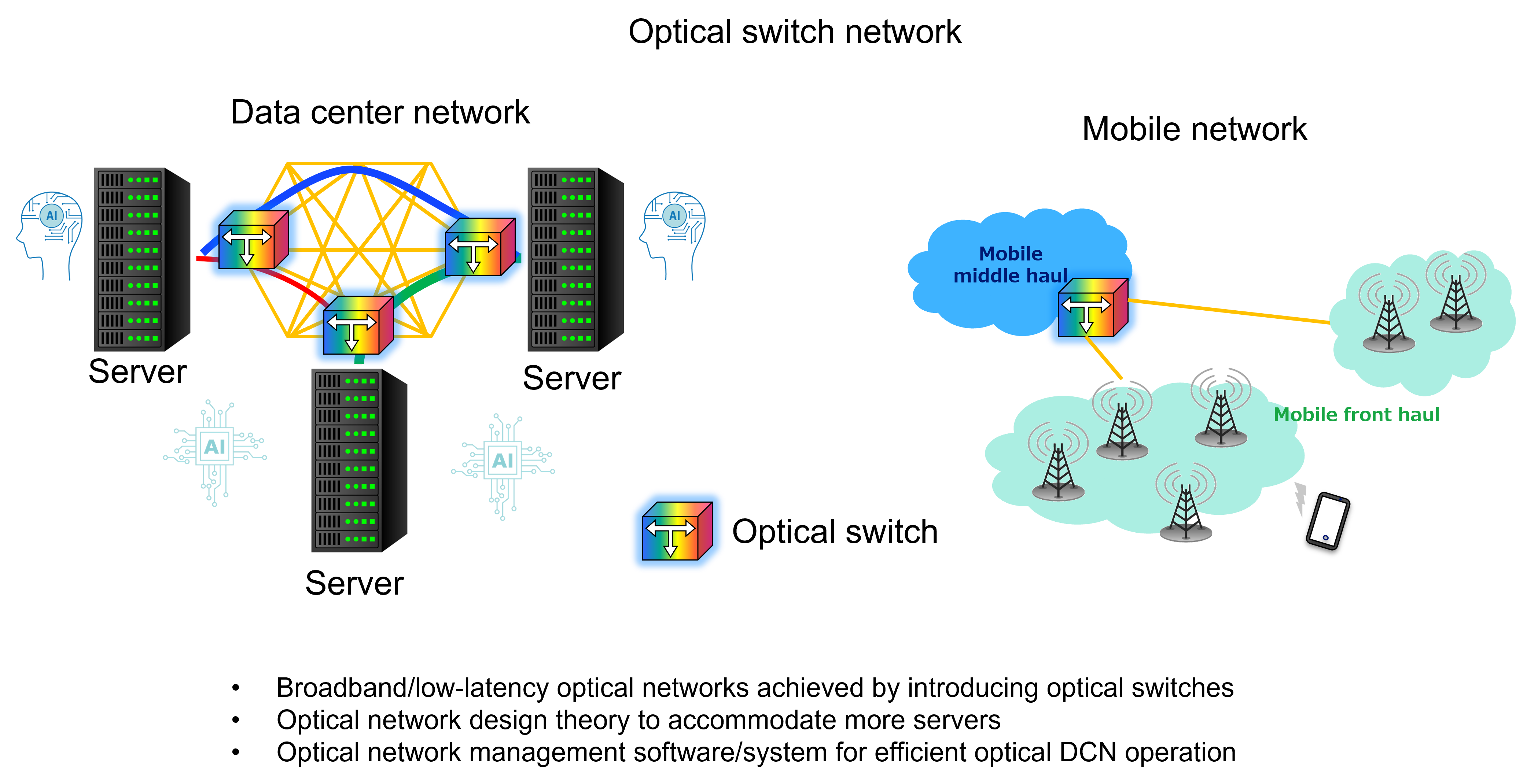
[Related Links]
■References
[1] T. Mano, T. Inoue, K. Mizutani, and O. Akashi, "Redesigning the nonblocking Clos network to increase its capacity," in IEEE Transactions on Network and Service Management, vol. 20, no. 3, pp. 2558-2574, 2022.
[2] K. Anazawa, T. Inoue, T. Mano, et al., "First demonstration of an SDN controller for optical-circuit-switched datacenter networks," in Opto-Electronics and Communications Conference (OECC), 2024.
Photonic communication technology for achieving a quantum network
The recent evolution of quantum communication technology holds the possibility of fundamentally changing the future of information communications. Our research group is working on advanced photonic communication technology with the aim of achieving a high-speed and secure quantum network. We present our recent efforts in this field focusing on key elemental technologies.
The first is research on Time-Correlated Single Photon Counting (TCSPC). Detecting a single photon is essential for accurately reading a quantum state, and TCSPC equipment is expected to be applied to quantum computing, quantum cryptographic communication, and quantum sensing. At the Frontier Communication Laboratory, we are also researching TCSPC as a key technology for application to quantum teleportation and developing associated equipment (Fig. 1).
The second is research of high-speed photon distribution technology. As one effort of this research, we proposed a method using two Mach-Zehnder modulators to generate short optical pulses. We applied the proposed technology to quantum key distribution (QKD) and achieved a secure key rate of 668 kbps over a 100 km optical fiber under the assumption of a general individual attack bring key distillation. This achievement is a step toward the commercialization of long-distance quantum communication, and the proposed technology is expected to be a fundamental technology toward the construction of a future quantum network (Fig. 2).
Through this research, we aim to make quantum communication technology practical and expand the scope of its application.
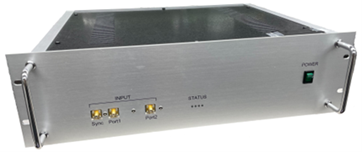

[Related Links]
■References
[1]M. Miura, A. Taniguchi, Y. Sanari, H. Takahashi, K. Takasugi, "High-count-rate and Low-jitter Photon Counter for High-performance Quantum Network," in IEICE Tech. Rep., vol. 123, no. 248, CS2023-68, pp. 23-25, Nov. 2023
[2]Y. Sanari, A.Taniguchi, M.Miura, H.Takahashi, K.Takasugi, et al. "668-kbps Secure Key Generation over 100-km Fiber With 10-GHz clocked Quantum Key Distribution" CLEO PacificRim 2024
Multi-party quantum entanglement communication system
Multi-party quantum entanglement distribution is a technology that enables the sharing of quantum entanglement among multiple users. It will enable quantum computers at different geographical locations to cooperate with each other to solve difficult problems, making it a promising technology for efficiently extending computing power. We present our research and development initiatives toward a multi-party quantum entanglement communication system.
The first initiative is research of a system configuration for a multi-party quantum entanglement protocol. In this research, we are proposing a practical framework for achieving multi-party quantum entanglement under controlled conditions using entangled photon pairs in time bins. The proposed system includes components and methodology that consider large-capacity photon transmission, stable real-time operation, and scalability to accommodate future extensions and increases in throughput (Fig. 1).
The second initiative is research of quantum key distribution (QKD) security. In this research, we are focusing on BB84 protocol using time bins that are not easily affected by polarization in optical fiber while also using passive optical devices to avoid side-channel attacks. Specifically, for time-bin BB84 protocol using a practical delay interferometer and threshold detector on the receive side, we identified a potential eavesdropping method when using "satellite time bins" generated via the delay interferometer as a key, and by proposing an additional operation for preventing that from happening, proved that the protocol was secure (Fig. 2).
Through this research, we aim to make the concept of quantum communication a viable technology that will enrich our lives in the future.

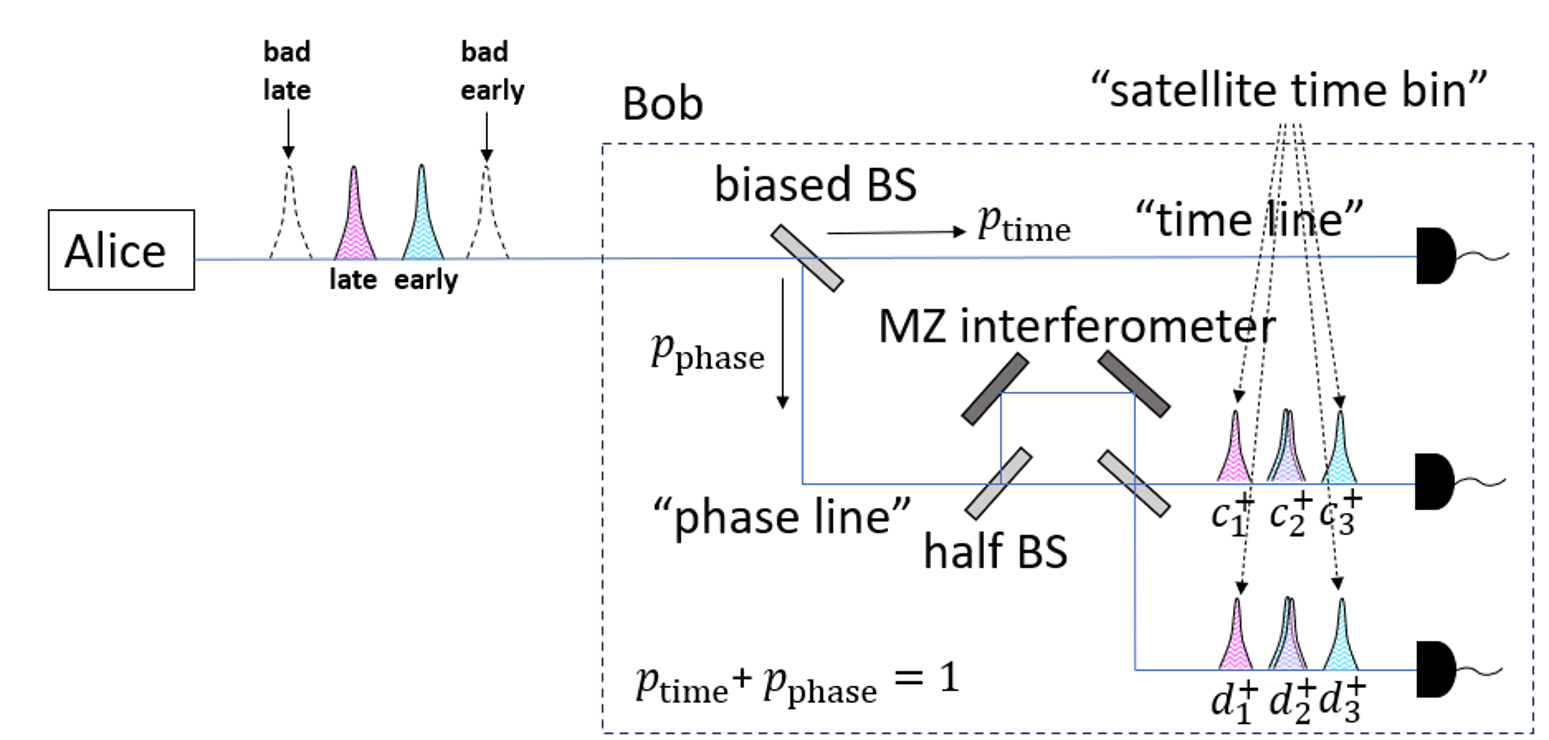
(bad-late and bad-early appear as vulnerabilities)
[Related Links]
■References
[1] A. Taniguchi, Y.Sanari, M.Miura, S.Kawakami, M.Watanabe, Y.Tonomura and K.Taksaugi "System Configuration for Multi-Party Quantum Entanglement Protocols" Quantum Innovation 2024
[2] S. Kawakami, K.Azuma, A.Taniguchi, H.Takahashi and K.Takasugi "Security of time-bin encoding BB84 protocol with passive interferometer" Qcrypt 2024
Research&Activity

07/26/2024
R&D Activities of C...
NTT and NTT DOCOMO are working together to implemen...
from NTT Technical Review
07/26/2024
Remote Robot Control wi...
The anticipation for advancements in remote robot c...
from NTT Technical Review
02/26/2024
Activities for Detailin...
The IOWN Global Forum has proposed the Open All-Pho...
from NTT Technical Review
04/28/2023
Secure Optical-transpor...
In the January 2022 issue of NTT Technical Review, ...
from NTT Technical Review
08/05/2022
Research and Developmen...
Research and development at NTT Network Innovation ...
from NTT Technical Review
06/30/2022
Data-centric-infrastruc...
Society is changing at a rapid pace due to technica...
from NTT Technical Review
06/30/2022
Study on Open All-Photo...
The IOWN Global Forum is developing the Open All-Ph...
from NTT Technical Review
03/08/2022
Olympic and Paralympic ...
On September 7, 2013, I was on a business trip to N...

03/08/2022
Marathon × Ultra-low-la...
TT provided ultra-low-latency communication technol...
from NTT Technical Review
02/01/2022
Secure Optical Transpor...
The implementation of an optical transport network,...
from NTT Technical Review
12/24/2021
The Technology for the ...
The use condition of a network is measured with sof...
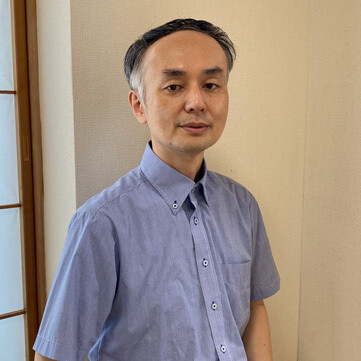
09/17/2021
A Glimpse of the Inform...
One of the current challenges with information and ...

12/11/2020
Reliable and Distribute...
Sparse coding proves to be extraordinary powerful i...
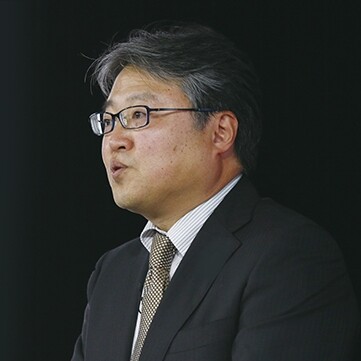
03/01/2020
Basic Technologies towa...
Tetsuomi Sogawa / Senior Vice President, Head of NT...
from NTT Technical Review
03/01/2020
Innovative Network for ...
Arata Itoh / Senior Vice President, Head of NTT Inf...
from NTT Technical Review